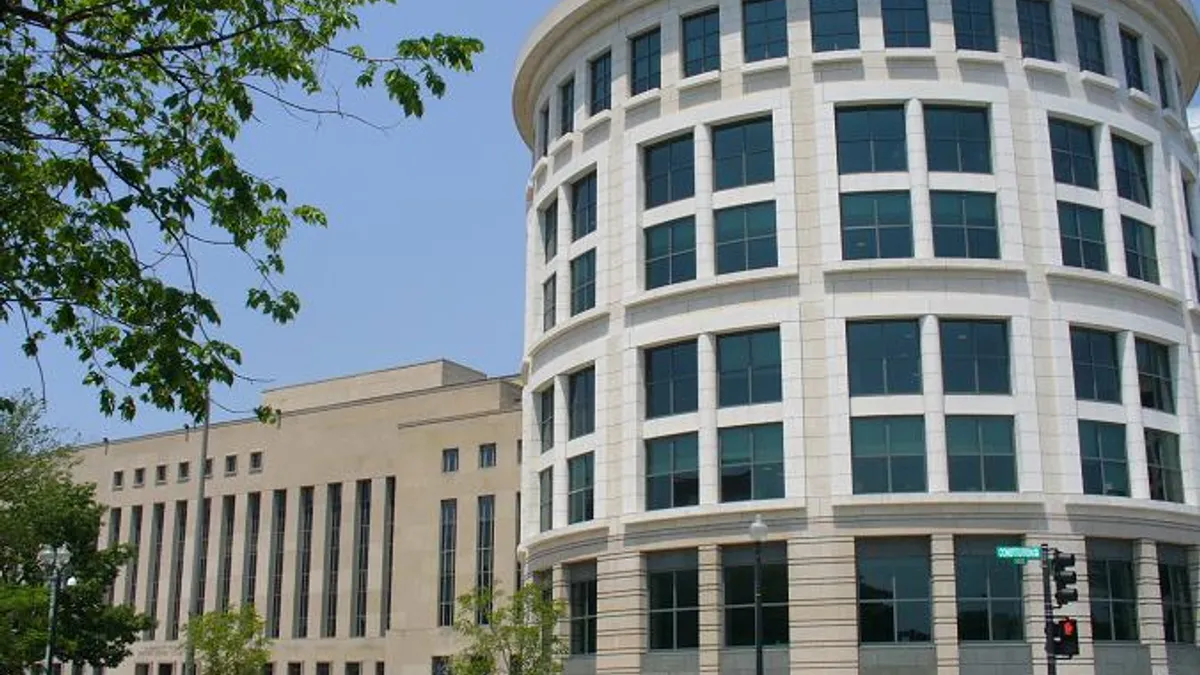A “detailed economic model” based around the use of condensing technology underpins new energy efficiency standards for consumer furnaces, and the rules will produce billions in savings, the U.S. Department of Energy told a federal appeals court in a June 10 filing.
Last year DOE announced the new standards, which require consumer furnaces to achieve an annual fuel utilization efficiency of 95% beginning in 2028. The gas industry petitioned the U.S. Court of Appeals for the District of Columbia Circuit in December for review of the rule, arguing the requirement would eliminate non-condensing products.
The American Gas Association, the American Public Gas Association, the National Propane Gas Association and manufacturers also said that DOE failed demonstrate that the new standards are “economically justified” as required by the Energy Policy and Conservation Act.
DOE exaggerated the claimed energy and cost savings of its rules, the groups said in an April brief. “When the flaws in the Department’s economic justification analysis are fixed, the Consumer Furnace Rule’s purported cost savings disappear,” the brief states.
DOE last week filed its initial brief defending the rule.
“By capturing heat that other designs waste, condensing designs can reduce the amount of wasted energy from about 20% to 5% or even less,” the agency said. “Over the 20-to-25 year expected life of the relevant products, the amended standards will thus create substantial savings for the average consumer and generate billions of dollars in net economic benefits for the United States.”
The gas industry argues, however, that condensing technology requires access to water and has different venting requirements “that make it effectively impossible for many existing homes, particularly apartments or town houses, to retrofit for them.”
That argument “rests on a series of factual assertions that are both mistaken and plainly at odds with factual findings,” DOE fired back in its brief.
“Contrary to petitioners’ suggestion, condensing technology does not alter where an appliance can be installed or how much space it requires, and it has only a limited effect on installation costs,” the agency said. “As EPCA instructs, the Department accounted for those installation costs in its economic analysis.”
Intervenors, including the New York attorney general and Earthjustice, representing Sierra Club, the Consumer Federation of America and the Massachusetts Union of Public Housing Tenants, filed a brief on Thursday supporting DOE’s rule.
“The Department’s interpretation of the unavailability provision — that non-condensing technology is not a ‘performance characteristic’ or ‘feature’ — is consistent with congressional intent and past practice,” the intervenors told the court.
The EPCA forbids DOE from setting a standard that eliminates a class of appliances from the market, the gas industry said.
But applying that provision to the specific venting technology used by non-condensing gas appliances “would undermine Congress’ choice to encourage a change in venting and nullify the Act’s regulatory scheme,” petitioners said. “Manufacturers could continue to sell inefficient furnaces and water heaters indefinitely, and the Department could do nothing to improve the efficiency of gas heating products.”















